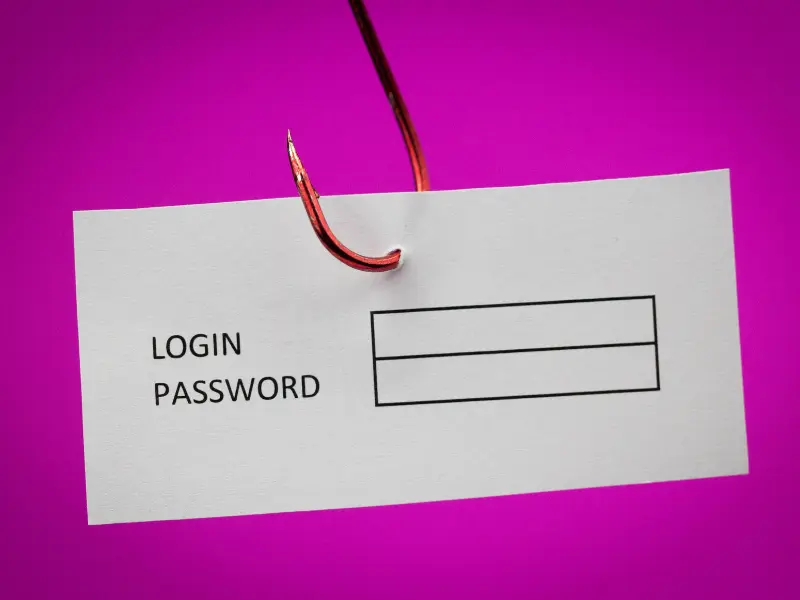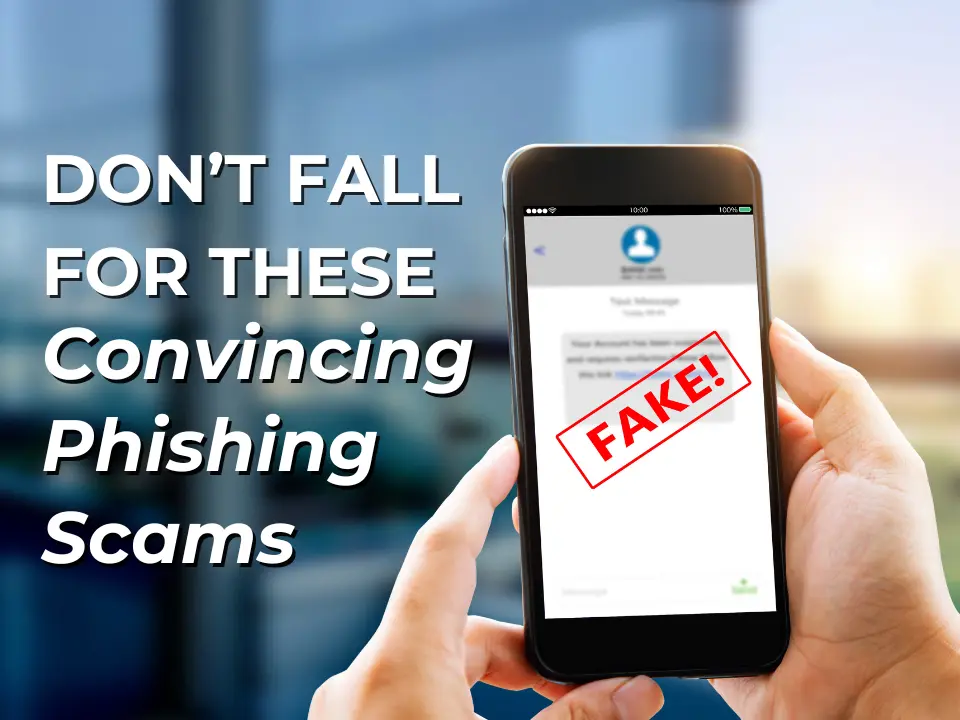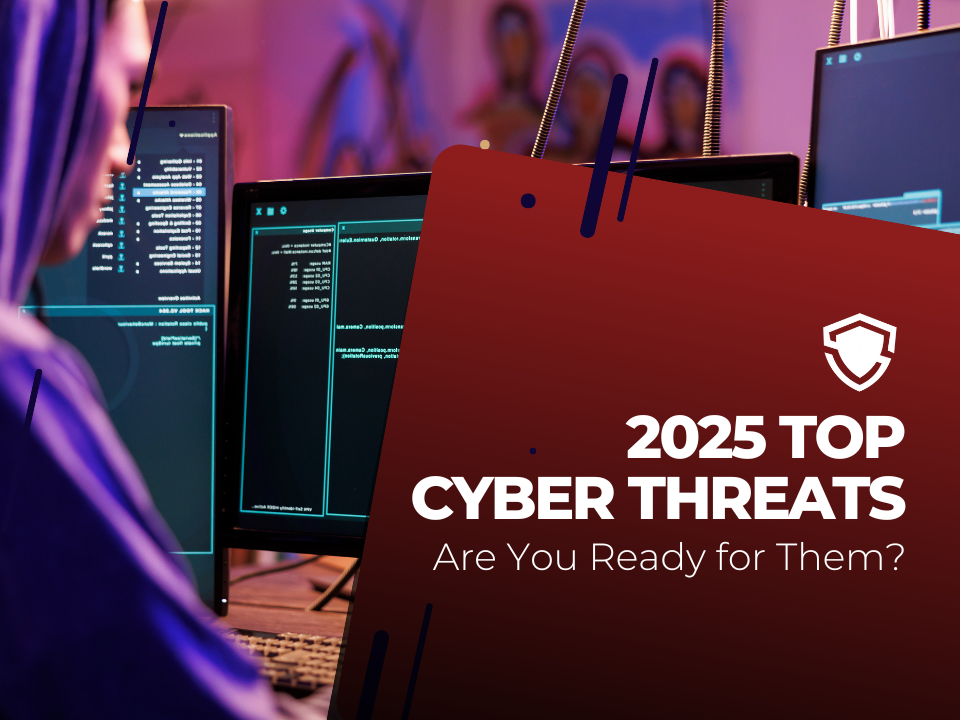Phishing Scams are Getting Tricky
We are here to educate you on the advancement of phishing scams. You may have the belief that you are immune to such scams, feeling like you can easily identify them based on obvious signs. But, the glaring red flags, like poor grammar or generic salutations like ’Greetings Sir/Madame’ are becoming less frequent.
Today’s phishing attacks are far more inconspicuous and personalized, making them increasingly difficult to detect. Cybercriminals use more effective techniques, including artificial intelligence, to craft emails, websites, and messages that closely mimic legitimate communications from trusted sources.
Most phishing attempts now appear authentic, featuring logos, branding, and language that resemble those of reputable companies or individuals. This new level of deception means that it’s not just the naive that fall for these ploys, individuals that consider themselves pretty knowledgeable on phishing scams can fall victim if they don’t double check their sources.

Different Types of Advanced Phishing Scams
Phishing scams come in a variety of formats here we explain some of the tried and true scams as well as new ones that have developed since the release of AI.
Email phishing:
The most common type, in which cybercriminals send emails that appear to be from legitimate sources, such as banks or well-known companies. These emails often contain links to fake websites, which they use to steal sensitive information.
Spear phishing:
Targets specific individuals or organizations. Attackers gather information about their targets to create personalized and convincing messages, making it particularly dangerous since it can bypass traditional security measures.
Whaling:
A type of spear phishing that targets high-profile individuals like CEOs and executives. The goal is to trick these individuals into revealing sensitive information or authorizing financial transactions.
Smishing:
A social engineering attack that involves sending phishing messages via SMS or text. These messages often contain links to malicious websites or ask recipients to call a phone number, prompting them to provide personal information.
Vishing:
Involves phone calls from attackers posing as legitimate entities, such as banks or tech support, asking for sensitive information over the phone.
Clone phishing:
Attackers duplicate a legitimate email you’ve previously received, replacing links or attachments with malicious ones. This tactic exploits trust, making it hard to differentiate fake email from genuine communication.
QR code phishing:
Cybercriminals are leveraging the popularity of QR codes to lead unsuspecting victims to malicious websites. These codes can often be found on flyers, posters, or email attachments. When scanned, they direct users to phishing sites designed to steal personal information.
A particularly concerning example of this trend is the gift scam. In this scenario, an individual receives an actual gift—such as a book or a water bottle—which creates the illusion of a thoughtful gesture. To uncover the identity of the sender, the recipient is encouraged to scan a QR code, which then can cause spyware to be downloaded onto their phone and as the user logs in to different apps the hacker is able to obtain password information.
How to Protect Against these Advanced Methods
Education
No matter where you think you stand in terms of education, always stay up to date. For instance, the recent QR code gift scam fooled many, but public awareness and timely information sharing helped mitigate its impact. Continuously provide training to your team and conduct simulated phishing exercises to identify knowledge gaps and improve your employees’ skills.
Email Quarantine
Deploy email quarantine solutions to ensure that phishing emails never reach the inboxes of your employees. 91% of phishing scams are executed through email and 45% of ransomware attacks started with a phishing email. Email quarantine can assist with taking the user error out of the equation.
Practice Cybersecurity Best Practices
Of course, to eliminate any further damage a phishing email attempt may cause, ensure you are following all the best cybersecurity practices, such as:
- Multifactor Authentication
- Keeping software, hardware, and firmware up to date
- Leveraging firewalls, antivirus software, and intrusion detection systems
Always Be Skeptical
If an email has made it to your inbox that you weren’t expecting, always question its authenticity. If it’s from someone in your organization, pick up the phone or walk down the hall to verify. If it’s from a business, call the business’s actual phone number—not the one listed in the email—and confirm.
Need prevention tools for advanced phishing scams?
If you’re concerned about your organization’s vulnerability to advanced phishing scams and overall cybersecurity posture, we’re here to help. Our team specializes in enhancing cybersecurity measures and would be glad to conduct a complimentary network assessment to evaluate your current standing. Don’t leave your security to chance—reach out to us today for expert guidance




